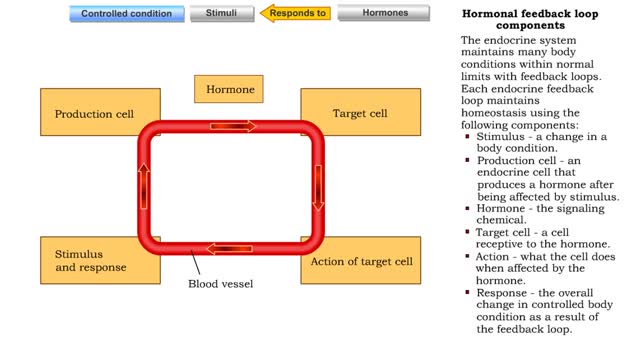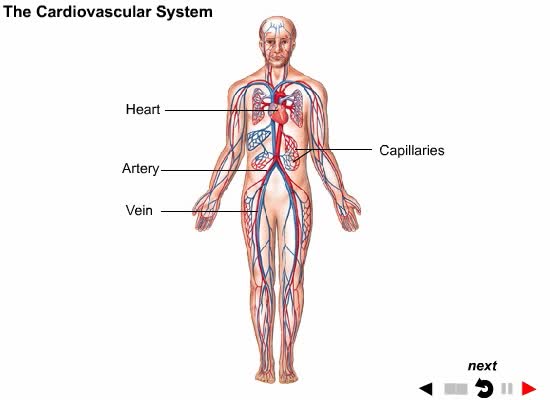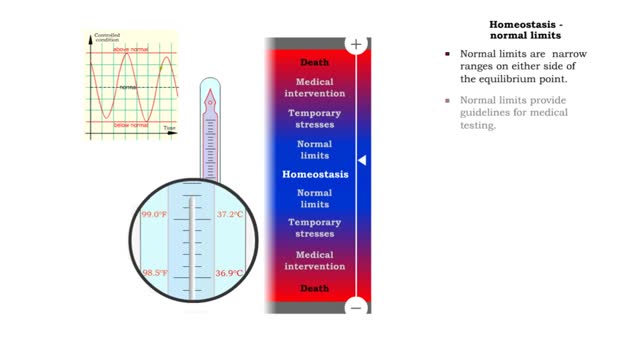Component of feedback systems & Communication and regulation of body systems
By: HWC
Date Uploaded: 12/07/2019
Tags: homeworkclinic.com Homework Clinic HWC Communication and regulation - body systems endocrine systems homeostasis feedback loop effector hypothalamus
• Primary responsibility for communication and regulation in the body is shared by the nervous and endocrine systems. • The two systems work alone or together in specialized physiological processes called feedback systems to maintain homeostasis. • Feedback systems - or loops - are one of the body's most important ways of maintaining homeostasis. • A cycle is triggered by a stimulus that alters a controlled condition. • The three components of a feedback loop are the receptor, control center, and effector. Receptors • Most receptors are sensory neurons that monitor changes in controlled conditions. • Sensory nerves communicate via electrical impulses providing input to the control center. Control center • Most often in the hypothalamus. • Sets the range of values for a controlled condition. • Evaluates the input, compares it to normal values, and determines actions to be taken by effectors. • Communicates regulatory commands via motor nerve impulses, causing the release of neurotransmitters that bind to cell membrane receptor proteins in target cells. • Communicates regulatory commands via secreted hormones carried to target cells in the blood. Effectors • Target cells receive output from the control center and effect a response that adjusts the altered controlled condition. • Neurotransmitters communicate the needed adjustments to target cells in muscles or glands. Feedback systems -negative or positive • Negative Feedback loops reverse the altered controlled condition caused by a stress or stimulus and return the body to homeostasis. • Positive Feedback loops reinforce an altered controlled condition that doesn't occur very often and terminate as a result of a mechanism outside of the system.
Add To
You must login to add videos to your playlists.
Advertisement












Comments
0 Comments total
Sign In to post comments.
No comments have been posted for this video yet.